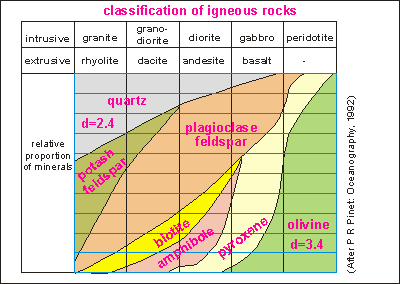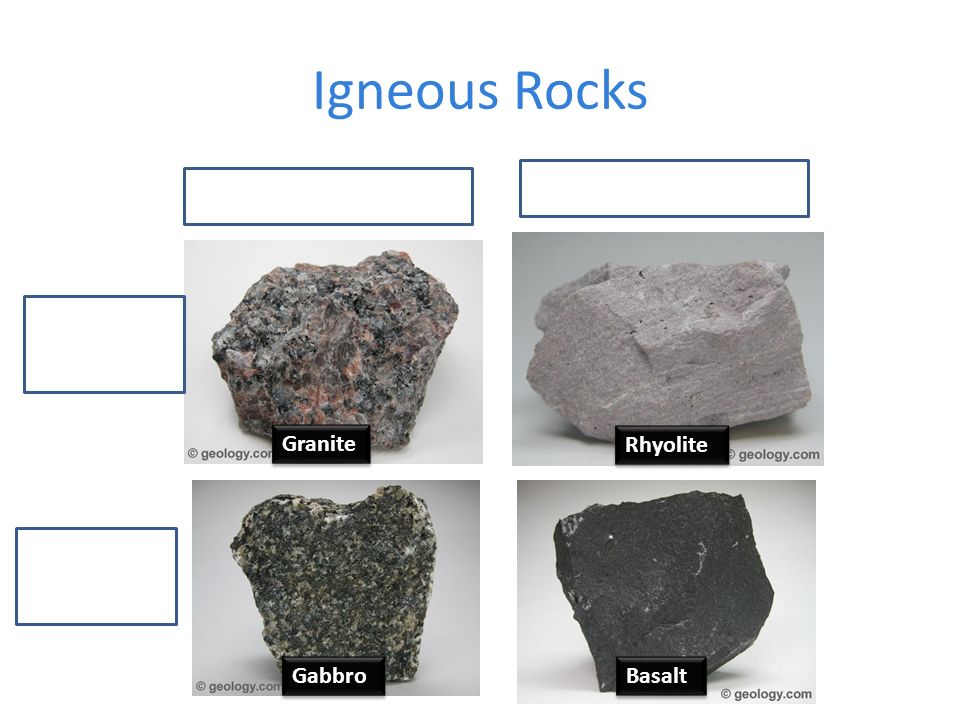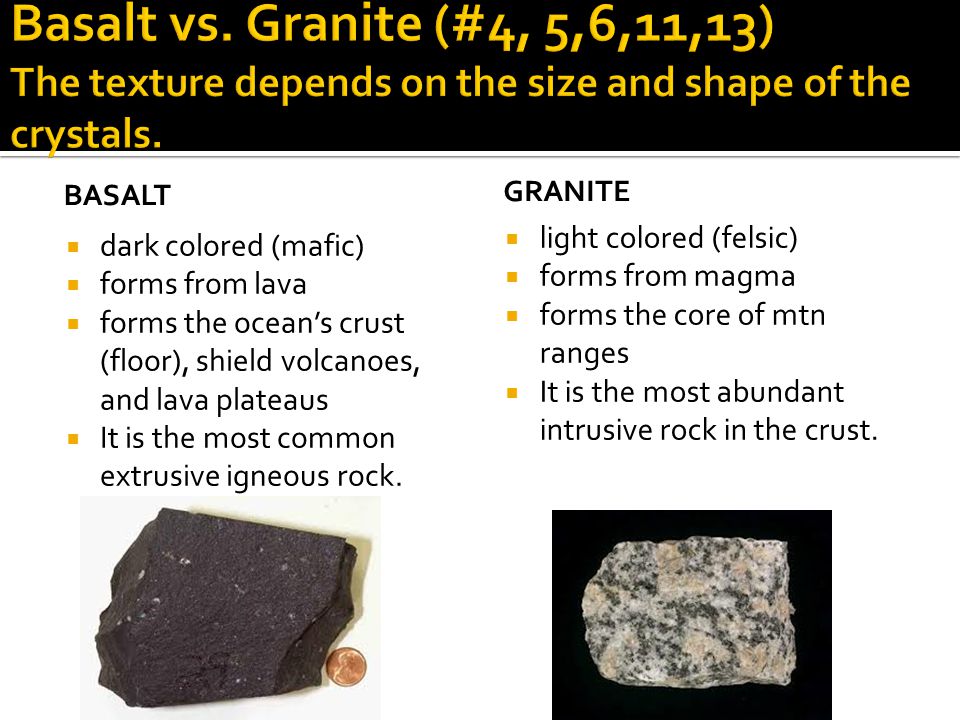By carrying out experiments similar to the one you just performed scientists have determined the density of basalt ocean crust to be 3 0 g ml and the density of granite continental crust to be about 2 7 g ml.
Which is denser basalt or granite.
The key difference between basalt and granite is that basalt is mostly occurring on ocean floors while granite is in the crust of the earth in all continents.
Basalt is an igneous volcanic rock that forms commonly in oceanic crust and parts of continental crust.
It is common both on earth and other planetary bodies.
Sedimentary rocks and granite which are rich in quartz and feldspar tend to be less dense than volcanic rocks.
Rock density is very sensitive to the minerals that compose a particular rock type.
Basalt is denser than granite because basalt is a an oceanic type of rock so it has had more pressure from the ocean making it denser than granite because granite is a continental type of rock.
All rocks of igneous origin consist of magma or molten earth that finds its way up to.
Its principle minerals include pyroxene feldspar and olivine.
Granite is an igneous plutonic rock which is.
Basaltic crust is dark and thin and heavy while granite is light and accumulates.
As it turns out most of the ocean floor is basalt and most of the continents are granite.
The trick is to heat the basalt back up again so it can melt and give the iron another shot at the core.
And if you know your igneous petrology you will see that the more mafic rich in magnesium and iron a rock is the greater its density.
It wants to be there and heat is the key which unlocks the door.















































